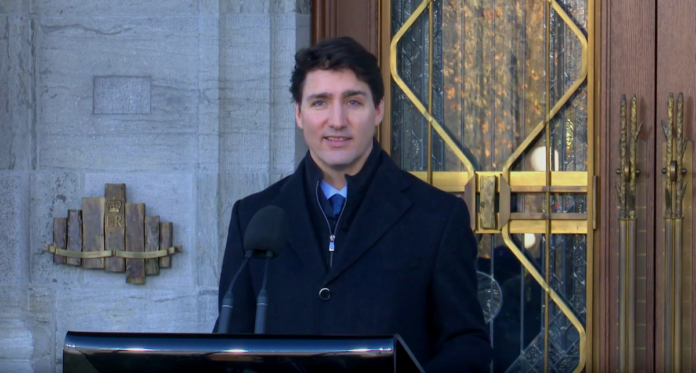
Canada immigration news: Canada has laid out policy priorities for Immigration Minister Sean Fraser as part of a new round of mandate letters from Prime Minister Justin Trudeau following the recent Liberal election victory.
Trudeau’s letter, published on Thursday, calls for action on economic immigration, temporary workers, processing times, family reunification, citizenship, francophone immigration and refugees.
The broad main statement of the letter called on Fraser to ‘prioritize ongoing work to strengthen Canada’s immigration and refugee system, including bringing in more newcomers to all regions of Canada who will support Canada’s economic recovery from the COVID-19 pandemic.”
It goes on to urge action to help Afghans and human rights defenders, also requesting that Fraser “continue to strengthen family reunification and reduce application processing times, especially those impacted by COVID-19.”
Read More Canada Immigration News
Canada’s Fall Economic Statement Included $85M For Tackling Immigration Backlog
Canada Ready To Increase Immigration Further After Welcoming 46,300 Immigrants In October
Refugees Can Now Apply For Economic Immigration To Canada
Here are the highlights of the mandate letter:
On economic immigration:
- Bring in newcomers as set out in the 2021-2023 Immigration Levels Plan.
- Expand pathways to permanent residence for international students and temporary foreign workers through Express Entry.
- Increase immigration to smaller communities by expanding the Rural and Northern Immigration Pilot, developing the Municipal Nominee Program and making the Atlantic Immigration Pilot permanent.
On temporary workers:
- Help establish a trusted employer system for Canadian companies hiring temporary foreign workers and, as part of
- Improving the Global Talent Stream by simplifying work permit renewals, upholding two-week processing and establish an employer hotline.
- Improve foreign credential recognition.
- Find more ways to regularize status for undocumented workers contributing to Canadian communities.
On processing times:
- Reduce application processing times, including COVID-19 delays.
On family reunification:
- Introduce electronic applications.
- Issue temporary resident status to spouses and children abroad while immigration applications are processed.
On citizenship:
- Make the citizenship application process free.
On francophone immigration:
- Work with Quebec to support French-language knowledge of immigrants.
- Continue to support francophone immigration across Canada.
On refugees:
- Expand the new immigration stream for human rights defenders.
- Continue to bring in more vulnerable Afghans.
- Increase the number of eligible refugees from 20,000 to at least 40,000.
- Work with the US to modernize the Safe Third Country Agreement.
- Build on the Economic Mobility Pathways Pilot to welcome 2,000 skilled refugees.
Fraser is expected to present his first Immigration Levels Plan to parliament in February 2022.
He has already said he has no problem with increasing immigration further, if there is support to do so from Canadians and businesses.
The current plan, presented by pervious Immigration Minister Marco Mendicino in October 2020, calls for 401,000 new permanent residents this year, 411,000 in 2022 and 421,000 in 2023.
Ottawa is on target to hit the 2021 target, having welcomed 313,880 newcomers up to October.

